Formula One Overview
Race Weekend
Free Practice
While individual practice sessions are not compulsory, a driver must take part in at least one practice session to be eligible for the race
Qualifying
Split into three distinct parts (Q1, Q2, Q3)
Q1 (18 minutes)
All cars may run laps at any time during this session
Five slowest cars drop out and fill the final five grid places
>> 7 minute break <<
Q2 (15 minutes)
The times are reset – the 15 remaining cars may run laps at any time during this session
Five slowest cars drop out and fill places 11-15 on the grid
>> 8 minute break <<
Q3 (12 minutes)
The times are reset for a shoot out between the remaining 10 cars to decide pole position and the top 10 grid places
Race
The race begins with a warm-up lap, after which the cars assemble on the starting grid in the order they qualified
Formula One races are of near identical distance (190 miles / 305 km)
The race will automatically finish if it lasts two hours
Incident that risks the safety of drivers or trackside race marshals are
controlled by a safety car, or if less serious, a Virtual Safety Car
In the Drivers’/Constructors’ Championship all the points scored by a driver/team are added together to determine who is the World Championship-winning driver/team
If drivers or teams are tied on points, positions are decided on results count back. Race wins are compared and if equal, second places are compared, and so on
Flag & Points System
Flags
CHEQUERED FLAG
The race has ended
RED AND YELLOW STRIPED FLAG
The track is slippery
WHITE FLAG
Warns of a slow-moving vehicle on the track
BLACK FLAG
Shown with car No. to indicate that the driver must call into the pits immediately
YELLOW FLAG
Danger ahead, overtaking is prohibited
BLACK WITH AN ORANGE DISK FLAG
Shown with car number to indicate the car has a mechanical problem and must return to the pit
GREEN FLAG
The driver has passed the potential danger point and prohibitions imposed by yellow flags have been lifted
BLUE FLAG
Shown to a lapped driver to indicate that a faster car is behind him and must let him past
SC SIGN
The Safety Car has been deployed, slow down, no overtaking, follow Safety Car
WHITE & BLACK DIAGONAL HALVES FLAG
Shown with car number to indicate a warning for unsportsman like behaviour
RED FLAG
The race has been stopped
VSC SIGN
Virtual Safety Car, slow down to set delta time and no overtaking
Points
Points are awarded as follows:
- 1st 25 points
- 6th 8 points
- 2nd 18 points
- 7th 6 points
- 3rd 10 points
- 8th 4 points
- 4th 12 points
- 9th 2 points
- 5th 10 points
- 10th 1 points
A driver is awarded 25 points for winning a race, second place gets 18 and third gets 15
1 point will be awarded to the driver who achieves the fastest lap at each race
In the Drivers’ Championship all the points won by a driver are added together to determine the winner
In the Constructors’ Championship all the points won by a team’s drivers are added together to determine the winner
Tyres
Three compounds are selected for each race, named soft (white), medium (yellow) and hard (red)
At each race the teams have access to three compounds of dry weather tyres (ranging from C1 to C5), allowing them to make use of an ample range of strategies
Two different compounds of dry weather tyres must be used by each driver in every race. The softest option must be used in the Q3 segment of Qualifying
Teams also have access to intermediate and wet weather tyres at each race should they be required
Each car’s full race weekend allocation consists of 13 sets of dry weather tyres, four sets of intermediate tyres and three sets of wet tyres.

Formula One Broadcast Info

200 territories
Broadcast in nearly
200 territories worldwide
275 channels
A broadcasting footprint
of 275 channels
1.92 billion
Cumulative global TV audience
of 1.92 billion viewers
